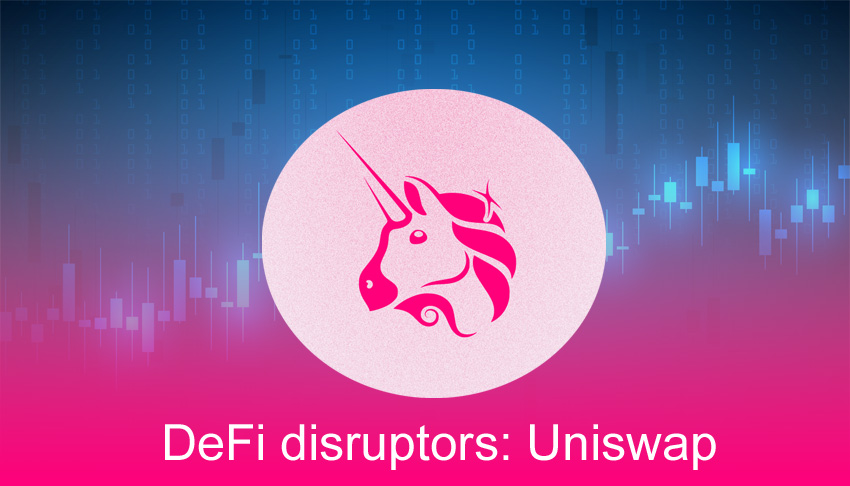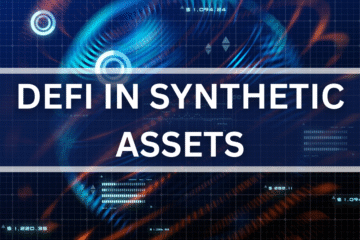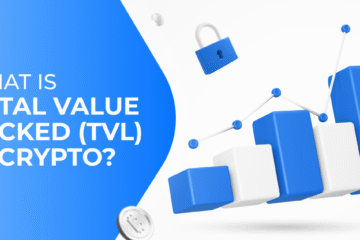Beginner’s Guide to Uniswap: The Ultimate Introduction

Uniswap is a leading decentralized cryptocurrency exchange built on Ethereum.
Most crypto trading occurs on centralized platforms like Coinbase and Binance, operated by a single entity. Users deposit funds and trade via a traditional order book system, where buy and sell orders are listed by price and amount. The volume of open orders, or “market depth,” determines liquidity. For a trade to succeed, a buy order must match a corresponding sell order. For example, to sell 1 BTC at $33,000, you need a buyer willing to pay that price or higher.
The main issue with this system is liquidity—the depth and number of orders in the book. Low liquidity means traders struggle to execute orders. Think of a bustling marketplace: high activity equals high liquidity; a quiet market with few transactions is a “thin” market.
01. What Is Uniswap?
Uniswap is a fundamentally different trading platform. It’s fully decentralized, meaning no single entity owns or operates it. Instead, it uses an innovative automated liquidity protocol.
Launched in 2018 on Ethereum, the second-largest blockchain by market cap, Uniswap is compatible with all ERC-20 tokens and infrastructure like MetaMask and MyEtherWallet. It’s fully open-source, allowing anyone to copy its code to create their own decentralized exchange. Unlike centralized exchanges, which charge high fees to list tokens, Uniswap allows free token listings.
As a decentralized exchange (DEX), Uniswap lets users retain control of their funds at all times. Centralized platforms require users to surrender private keys, logging orders in an internal database, which is slower and costlier than blockchain-based execution. By keeping private key control, Uniswap eliminates the risk of hacks or platform failures. As of early February, Uniswap was the fourth-largest DeFi platform, with over $3 billion in crypto assets locked in its protocol.
02. How Does Uniswap Work?
Uniswap operates using two smart contracts: a Factory contract and an Exchange contract. These are automated programs that execute specific functions when conditions are met. The Factory contract adds new tokens to the platform, while the Exchange contract facilitates all token swaps or trades. Any ERC-20 token can be swapped with another on Uniswap v2.
03. Automated Liquidity Protocol
Uniswap solves liquidity issues with its automated liquidity protocol. It incentivizes users to become liquidity providers (LPs) by pooling their funds to create a reserve for all platform transactions. Each listed token has its own liquidity pool, and token prices are determined by a mathematical algorithm (explained below).
This system eliminates the need for a counterparty to complete a trade. Users can execute trades instantly at a known price, as long as the pool has sufficient liquidity. In return for contributing funds, LPs receive tokens representing their share of the pool. For example, contributing $10,000 to a $100,000 pool earns you 10% of its tokens, redeemable for a portion of trading fees.
Uniswap charges a fixed 0.30% fee per trade, which goes to a liquidity reserve. When LPs exit, they receive a share of these fees proportional to their stake, and their tokens are burned. Since the Uniswap v2 upgrade, a protocol fee (0.05% of the 0.30% trade fee) can be activated via community vote to fund future development, reducing LPs’ share to 0.25%. This fee is currently off.
04. How Are Token Prices Determined?
Unlike order book systems, where prices depend on the highest buyer and lowest seller, Uniswap uses an Automated Market Maker (AMM) system. Prices are adjusted based on supply and demand via the formula x * y = k, where:
- x is the quantity of Token A,
- y is the quantity of Token B,
- k is a constant.
When adding a new ERC-20 token to Uniswap, the creator must deposit an equal value of the new token and another ERC-20 token (e.g., ETH) to start the liquidity pool.
For example, if Bob adds a large amount of Chainlink (LINK) to a LINK/ETH pool, he increases LINK’s proportion relative to ETH. Since k must remain constant, ETH’s price rises, and LINK’s price falls. The more LINK Bob adds, the fewer ETH he receives in return.
The size of the liquidity pool affects price volatility. Larger pools can handle big trades with minimal price swings, while smaller pools are more volatile.
05. Arbitrage
Arbitrage traders are vital to Uniswap’s ecosystem. They exploit price differences across platforms for profit. For instance, if BTC trades at $35,500 on Kraken and $34,500 on Binance, you could buy on Binance and sell on Kraken for a profit.
On Uniswap, arbitrageurs target tokens trading above or below their average price due to pool imbalances from large trades. They buy or sell to rebalance prices, ensuring market efficiency.
06. How to Use Uniswap
Using Uniswap is straightforward but requires an ERC-20-compatible wallet like MetaMask, WalletConnect, Coinbase Wallet, Portis, or Fortmatic.
You’ll need ETH to trade on Uniswap and pay gas fees (Ethereum transaction fees). Gas fees vary based on network congestion. Most ERC-20 wallets offer three speed options:
- Slow: Cheapest but slowest.
- Medium: Balanced cost and speed.
- Fast: Most expensive but quickest.
Transaction speed depends on Ethereum node operators’ processing priority, influenced by the gas fee paid.










